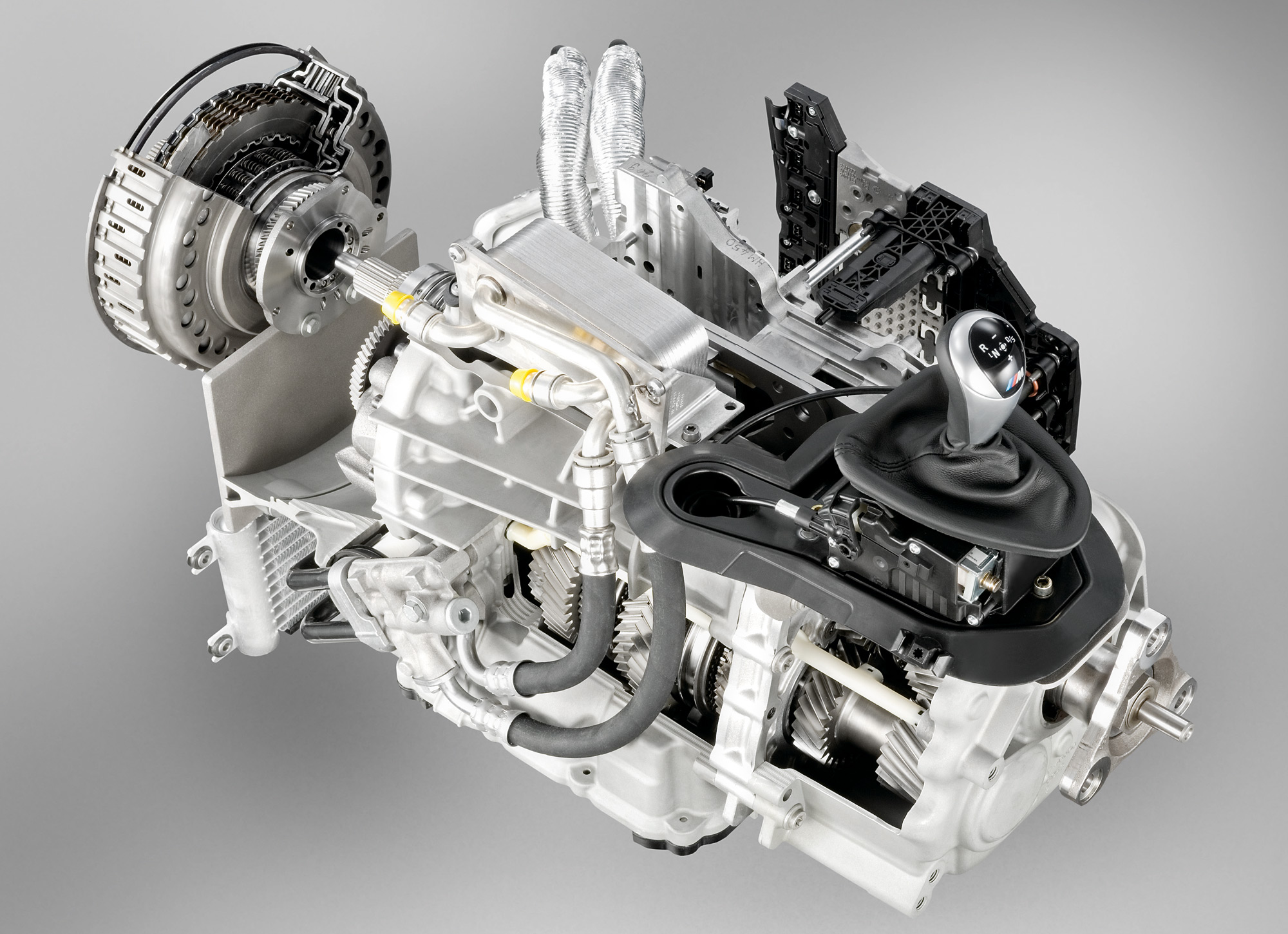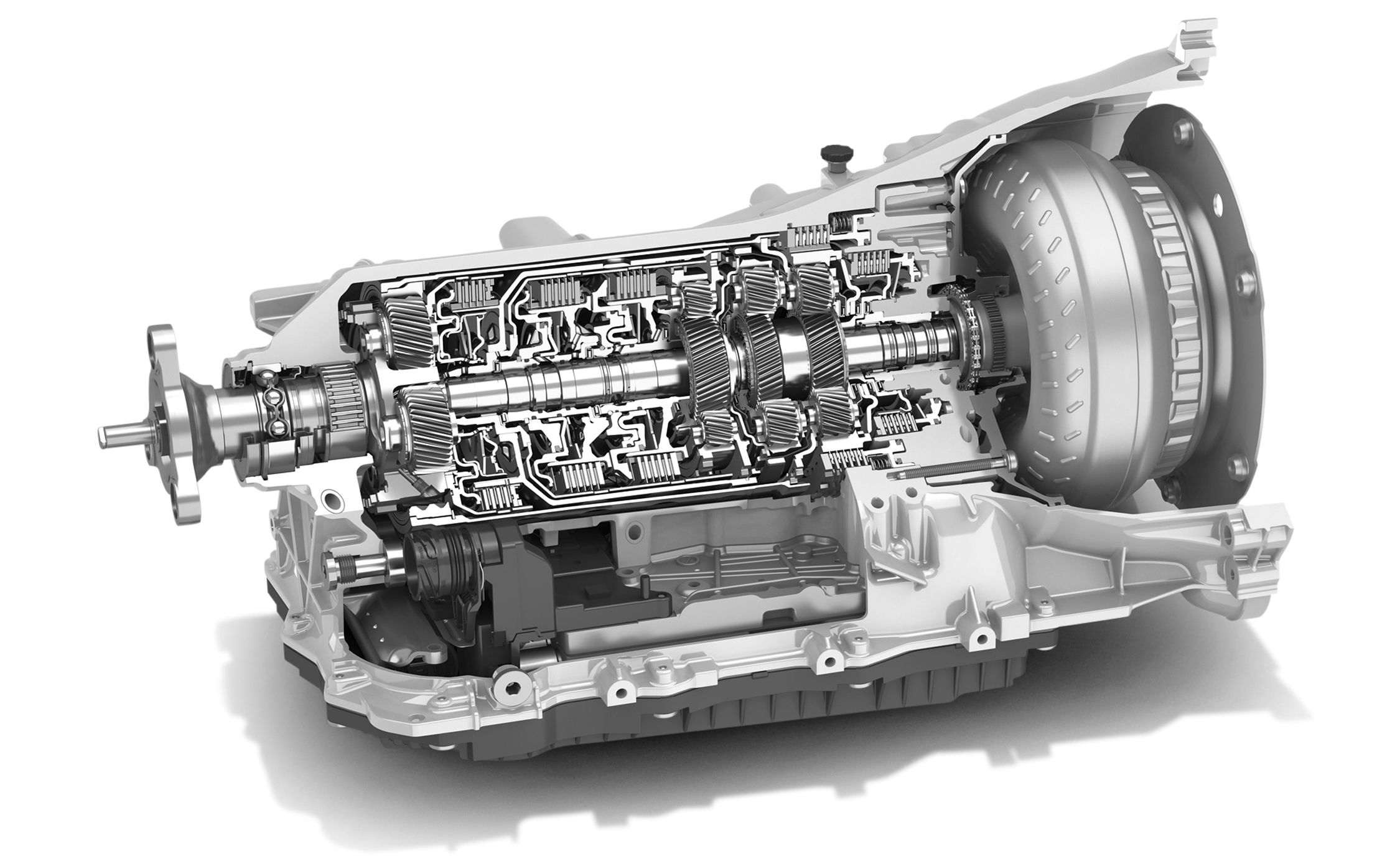BMW DCT vs. ZF 8HP: Transmission Showdown Between F-Series and G-Series

Published: September 2, 2025
Few debates stir more passion among BMW enthusiasts than the question of transmission. For the better part of a decade, the F-series M3 and M4 carried Getrag’s seven-speed dual-clutch gearbox, a system praised for its immediacy and race-car-like ferocity. Then came the G-series, and with it, a bold pivot: BMW’s M division retired the DCT in favor of ZF’s eight-speed automatic, a torque-converter design that on paper looked like a step backward. Yet the real story is more complex. The two transmissions embody different philosophies of performance, engineering, and daily drivability.

The M-DCT was always unapologetically sharp. It used two wet clutches and a pair of input shafts to preselect gears, handing shifts from one clutch to the other with a violence that felt thrilling on a back road. Owners described the sensation as mechanical, even raw, closer to the rapid gear changes of a sequential race gearbox than anything traditionally found in a road car. A hard pull in an F80 M3 or M4 made clear why so many fell in love with it. Upshifts could happen in less than a tenth of a second, and the driver felt every one of them. It was theater, and it fit the personality of the S55 engine.
Living with the DCT every day, however, revealed its compromises. At crawling speeds, the gearbox had to slip its clutches like a manual driver feathering the pedal. That meant awkward moments on hills, abrupt engagements in parking lots, and the occasional shudder in traffic. Launch control worked brilliantly when everything was hot and ready, but repeated hard starts built heat that needed to be managed carefully. Enthusiasts tolerated those quirks because the payoff came at full throttle, but they were quirks all the same.
The ZF 8HP could not be more different. It is a torque-converter automatic at its core, built around four planetary gearsets and five shift elements. For decades, that architecture meant smoothness at the expense of precision. ZF’s modern design rewrote the script. A lock-up clutch engages almost immediately after launch, eliminating the old “slush box” feel. The transmission can jump from eighth to second gear in a single motion, and its control electronics execute those shifts with uncanny intelligence. Drivers coming from the DCT are often stunned to discover that the ZF can actually feel faster in real-world passing maneuvers, thanks to its ability to skip multiple ratios at once.
Where the DCT was edgy at low speeds, the ZF is seamless. Creeping in traffic feels natural, and parking maneuvers are drama-free. Yet on track, the gearbox reveals a different side. Kickdowns are instantaneous, upshifts land with precision, and torque multiplication from the converter gives turbocharged engines a jolt of extra punch off the line. The G80 M3’s 60-foot times owe much to this trait. It is less theatrical than the DCT, with no metallic clunks or audible snap of clutches handing off, but it is devastatingly effective.
Durability and tuning potential also illustrate the contrast. The Getrag DCT fitted to F-series M cars is officially rated for around 600 newton-meters of torque. Tuned S55 engines can exceed that, and while many owners have pushed the gearbox well beyond its limits, heat management and fluid service become increasingly critical. By comparison, the ZF 8HP comes in multiple configurations, with versions designed to handle far more torque than even a tuned S58 can produce. That explains why the same family of transmissions appears across the industry in everything from Audi RS models to Dodge Hellcats.
Maintenance philosophies add another wrinkle. BMW once suggested “lifetime” fills for both gearboxes, but seasoned independent shops disagree. DCT owners often treat 60,000 miles as a reasonable service interval, particularly if the car sees track use. ZF 8HP specialists recommend similar fluid and filter changes, despite the factory guidance. Both transmissions are robust when cared for, but neither thrives on neglect.
The online enthusiast community remains divided. Read through pages of Bimmerpost threads or Reddit debates and you will find a familiar pattern. DCT loyalists call the gearbox more engaging, more visceral, more fun. ZF converts praise the eight-speed for being smoother, faster in the moments that matter, and easier to live with every day. Both camps are right. One transmission appeals to the heart, the other to the head.
BMW’s decision to move from the DCT to the ZF was not simply a concession to comfort. It was a reflection of where performance engineering is headed: toward versatility, efficiency, and scalability. The 8HP can handle the torque of today’s turbocharged engines, deliver lightning-fast kickdowns, and behave gracefully in stop-and-go traffic. The DCT remains a marvel of mechanical immediacy, a gearbox that delivers a race-bred experience for those willing to live with its compromises.
For enthusiasts, the choice between F-series and G-series is about more than body style or horsepower. It is about which philosophy resonates more deeply. Do you want the raw, rowdy immediacy of the DCT, or the deceptively refined speed of the ZF? At RMD Performance, we see the merit in both. And in the end, perhaps that is the real joy: BMW has given us two generations of cars that make transmission choice itself a source of passion.

